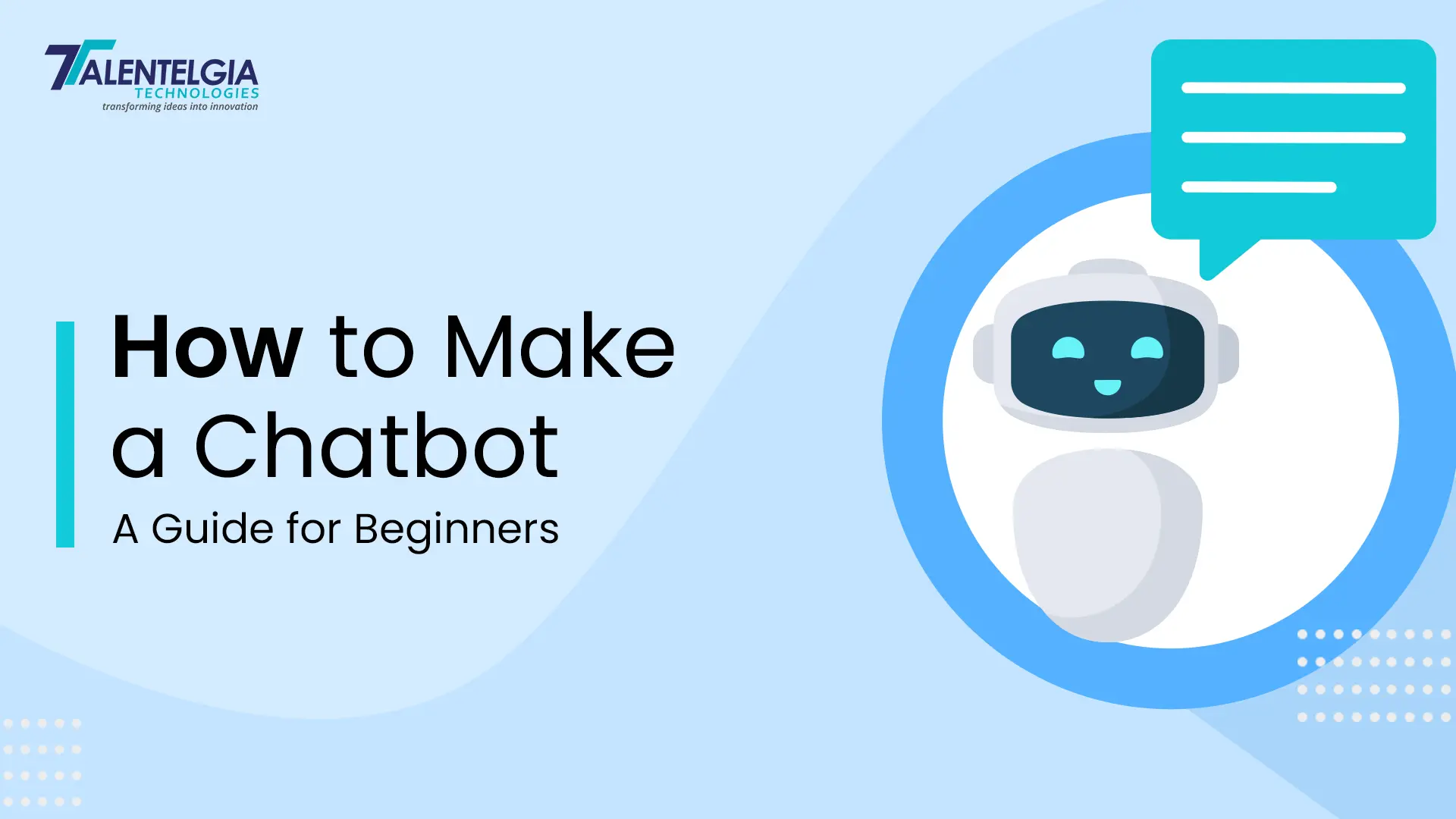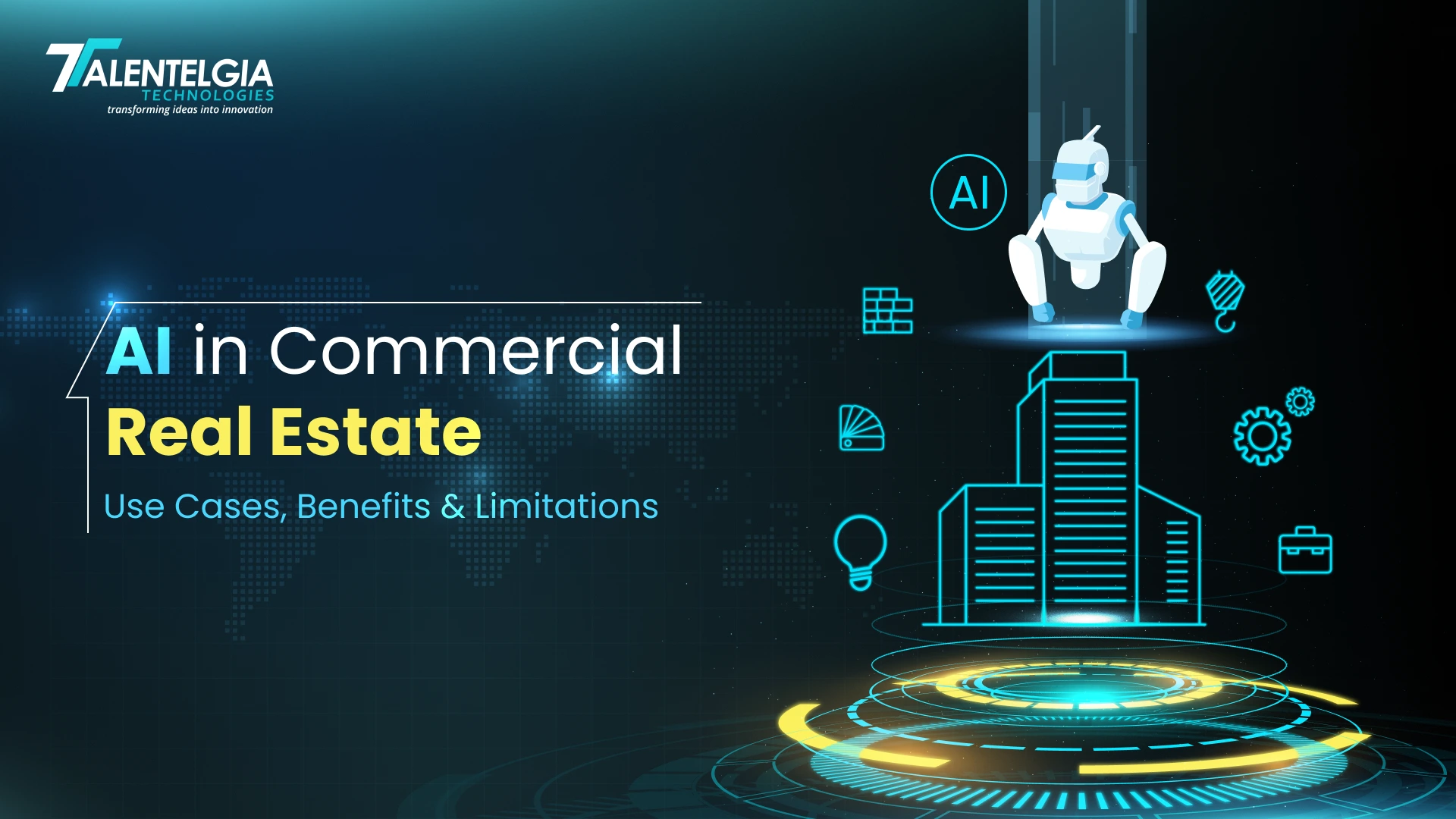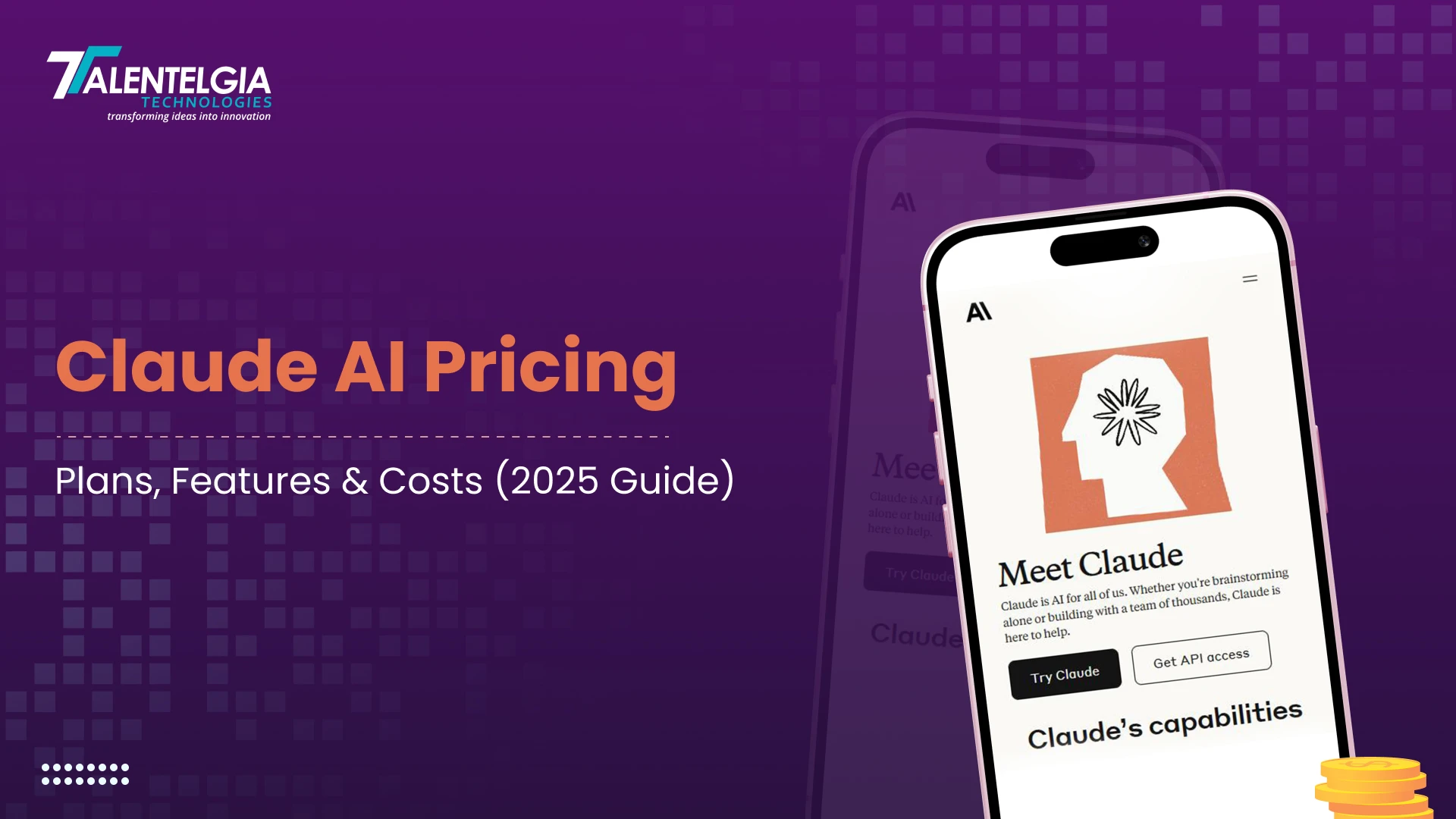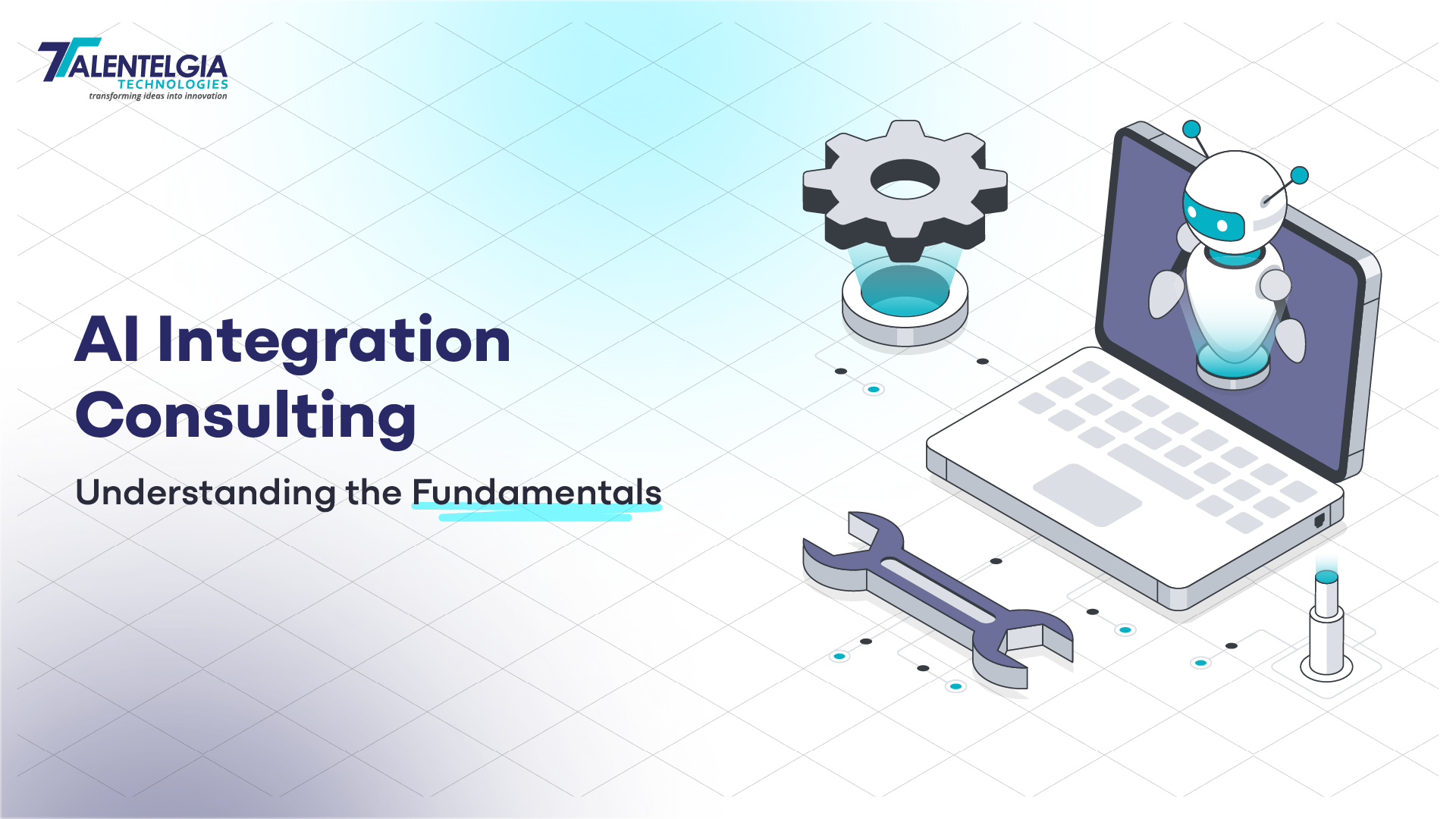Creating a chatbot can seem like a daunting task, especially if you’re new to this field. With years of professional experience, the world of expertise can seem theoretical and technical. But delving deeper into AI chatbot development is a great activity that can hone your skills. This journey not only enhances your problem-solving abilities but also opens doors to innovative solutions. This blog will explore various options for building a chatbot, but building something like ChatGPT may not be ideal for anyone. We will also examine the potential and limitations of various methods.
Getting Started with Chatbot Development
1. Using Pre-built APIs
One of the easiest ways to get started with building a chatbot is by using out-of-the-box APIs. Most of these APIs handle a large amount of intrinsic complexity for you, allowing you to focus on designing and deploying your chatbot. OpenAI exposes a really popular API that enables you to build a chatbot with minimum hassle. It holds much the same powerful capabilities as ChatGPT, and is well documented, making it quite approachable if you’re a beginner. Moreover, the majority of such APIs come with easy-to-use interfaces and rich supporting materials at their disposal in order to ease the development process.
Some of them are :
OpenAI API— With its extensive documentation and support, you will be able to create a sophisticated chatbot right from the start. It comes with exhaustive resources, including detailed guides, example code, and supportive communities, in order to implement advanced features and improve your chatbot’s performance.
Hugging Face Models: This involves the availability of various text generation models at a lower cost for building chatbots. Their platform offers pre-trained models and tools that make development easy, allowing model fine-tuning according to one’s needs and, hence, reducing time and expense in training from scratch.
Langchain: Adds extra features to your chatbot, enhancing its functionality. It offers integration capabilities that extend your chatbot’s reach and efficiency, such as connecting with databases, APIs, and external services, which can significantly improve the user experience and provide more tailored interactions.
2. No-Code Platforms
In case you are not in the mood to code, there are a variety of no-code platforms that make creating a chatbot rather easy. The major ones have user-friendly interfaces and drag-and-drop tools that allow a person to create and deploy chatbots without having to write one single line of code. This is quite perfect for those needing functional chatbots quickly and not having such deep technical knowledge.
ChatGPT Builder: Getting a bot that responds on all channels, from social media to websites and even phone calls, in less than one minute is what it delivers. Its ease of use further empowers the setting up of interactions and responses in the easiest possible manner, quite accessible to all kinds of users.
Stammer.ai: A no-code solution to create custom AI chatbots created to suit all your needs. This platform has a set of pre-designed templates, options for customization that enable one to create chatbots very close to working in line with the business requirement or personal taste without requiring an ounce of coding skill.
Advanced Chatbot Development
Any person interested in learning what the chatbot can do and how it behaves should be able to study the basics of natural language processing and machine learning. Mastering these areas will let you create complex chatbots that are responsive to a large degree of interactions and tasks.
1. Natural Language Processing
NLP is key to making chatbots understand and respond to text like a human would. By mastering NLP, you can create chatbots that understand the details of human language, such as context, intent, and emotions, leading to more meaningful and effective interactions. Several libraries and frameworks can help you get started:
NLTK—Natural Language Toolkit: It’s a top library with Python in the sphere of NLP. It has extended collections of tools and datasets to work with for any kind of language processing. Beginning from mechanisms of text analysis, tokenization, stemming, and so on and so forth, it forms a complete directory for developing or experimenting with an NLP model. NLTK will combine very well with the machine learning workflow, thus pushing advanced analysis and processing of textual data.
SpaCy: This is another great library in NLP, well known for ease of use and speed. It has pre-trained models in several languages and provides a streamlined API for tasks like named entity recognition, part-of-speech tagging, and syntactic parsing. In an emphasis that resulted in high repute in the real-time application and production circles, it created a niche by performance and usability.
TensorFlow and PyTorch: TensorFlow and PyTorch are two of the most widely used machine learning frameworks, known for their robust support of deep learning and advanced NLP tasks. Both frameworks provide extensive libraries and community resources for building and training complex models. TensorFlow offers a flexible platform for deploying models across various environments, while PyTorch is favored for its dynamic computation graph and ease of use in research settings. Together, they enable the development of sophisticated NLP solutions with cutting-edge techniques.
2. Chatbot Frameworks
If you’re ready to dive deeper, let’s use more advanced chatbot frameworks that provide more features with extensive customization. These are frameworks that offer tools and resources for the development of more sophisticated and versatile chatbots.
Rasa: Rasa Technologies is a leading company in conversational AI, offering an open-source framework known for its flexibility and robust machine learning capabilities, ideal for tailored chatbot solutions.
Rasa is an open-source framework for building conversational AI, providing great flexibility and control. It allows you to design complex dialogue flows and integrate with various external systems. Its modular architecture supports custom components and extensive machine learning features, making it ideal for creating tailored conversational experiences. Rasa is known for its strong community and support for enterprise-level deployments.
Botpress: Botpress Inc. specializes in open-source chatbot development with a focus on ease of use and customization. Their platform features a visual flow editor and advanced natural language processing tools.
Botpress is another open-source platform designed for creating high-quality chatbots. It offers a user-friendly interface and a rich set of features, including natural language understanding, dialogue management, and analytics. Its visual flow editor and modular design facilitate the development and management of chatbots with advanced capabilities. Botpress emphasizes ease of use and customization, catering to both developers and non-technical users.
Microsoft Bot Framework — Microsoft bot framework A fully fledged framework to build and deploy chatbots across a wide array of channels, including the Web, mobile, and social platforms. This framework provides strong tools for bot development, chatGPT integration with Microsoft’s cloud services, and support for a large breadth of conversational experiences. The framework allows frictionless interaction across diverse platforms and has the muscle of Microsoft behind it.
Building a Knowledgeable AI
AI development that learns from interactions, is able to come up with a complete knowledge base, and give correct responses includes integrating several advanced AI components, which collectively should empower the bot to be able to receive and handle very complex queries to keep on improving its performance.
- Machine Learning Models: These are important in making a chatbot learn from the data and improve in performance with time. The continuous learning process based on user interaction patterns and feedback makes new information always available to the model, hence fine-tuning the responses of the chatbot, enabling more complex interactions, and providing more and more accurate answers. Such models should include algorithms on natural language processing, classification, and sequence prediction to help the chatbot understand what the messages mean and how to come up with relevant replies.
- Knowledge Bases: These are structured information repositories, providing a chatbot with vast data to draw from. They consist of organized and detailed information on particular topics that enable a chatbot to come up with appropriate and relevant responses. As the chatbot queries the knowledge base for comprehensive details and context, it will respond well-informed and in a timely manner. There is a need for such knowledge bases to be available so that the bot is able to respond to most questions and give valuable insights based on actual topic understanding.
- Inference and deduction mechanisms: These are of high importance in the development of interpretative abilities within a chatbot. This mechanism helps a chatbot to process user inputs better and make a logical inference and deduction of query intent. With reasoning techniques, context analysis, and semantic understanding, it is not only possible to answer accurately but also nuanced and contextually appropriate. This ability to infer and deduce will make the chatbot more able in handling complex interactions and giving responses more toward the needs and intentions of the user.
Even though these capabilities are advanced, there are plenty of resources and tools to help you succeed. Open-source projects offer many ready-made components and frameworks that you can customize, which makes development faster and easier. Online courses provide a clear learning path and practical experience, covering everything from basic concepts to advanced AI and chatbot techniques.
Conclusion
Building a chatbot is possible even if you don’t have prior AI experience, as long as you use the right resources and approach.The variety of tools and platforms available today makes it possible for anyone to create functional and engaging chatbots. Whether you opt for pre-built APIs, which offer quick setup with minimal technical expertise, or no-code platforms, which streamline development with user-friendly interfaces, or dive deeper into natural language processing (NLP) and machine learning (ML) for more control and customization, the possibilities are As you gain more confidence and understanding, you can gradually expand your chatbot’s capabilities, exploring more advanced features and integrating additional functionalities.


 Healthcare App Development Services
Healthcare App Development Services
 Real Estate Web Development Services
Real Estate Web Development Services
 E-Commerce App Development Services
E-Commerce App Development Services E-Commerce Web Development Services
E-Commerce Web Development Services Blockchain E-commerce Development Company
Blockchain E-commerce Development Company
 Fintech App Development Services
Fintech App Development Services Fintech Web Development
Fintech Web Development Blockchain Fintech Development Company
Blockchain Fintech Development Company
 E-Learning App Development Services
E-Learning App Development Services
 Restaurant App Development Company
Restaurant App Development Company
 Mobile Game Development Company
Mobile Game Development Company
 Travel App Development Company
Travel App Development Company
 Automotive Web Design
Automotive Web Design
 AI Traffic Management System
AI Traffic Management System
 AI Inventory Management Software
AI Inventory Management Software
 AI Software Development
AI Software Development  AI Development Company
AI Development Company  AI App Development Services
AI App Development Services  ChatGPT integration services
ChatGPT integration services  AI Integration Services
AI Integration Services  Generative AI Development Services
Generative AI Development Services  Natural Language Processing Company
Natural Language Processing Company Machine Learning Development
Machine Learning Development  Machine learning consulting services
Machine learning consulting services  Blockchain Development
Blockchain Development  Blockchain Software Development
Blockchain Software Development  Smart Contract Development Company
Smart Contract Development Company  NFT Marketplace Development Services
NFT Marketplace Development Services  Asset Tokenization Company
Asset Tokenization Company DeFi Wallet Development Company
DeFi Wallet Development Company Mobile App Development
Mobile App Development  IOS App Development
IOS App Development  Android App Development
Android App Development  Cross-Platform App Development
Cross-Platform App Development  Augmented Reality (AR) App Development
Augmented Reality (AR) App Development  Virtual Reality (VR) App Development
Virtual Reality (VR) App Development  Web App Development
Web App Development  SaaS App Development
SaaS App Development Flutter
Flutter  React Native
React Native  Swift (IOS)
Swift (IOS)  Kotlin (Android)
Kotlin (Android)  Mean Stack Development
Mean Stack Development  AngularJS Development
AngularJS Development  MongoDB Development
MongoDB Development  Nodejs Development
Nodejs Development  Database Development
Database Development Ruby on Rails Development
Ruby on Rails Development Expressjs Development
Expressjs Development  Full Stack Development
Full Stack Development  Web Development Services
Web Development Services  Laravel Development
Laravel Development  LAMP Development
LAMP Development  Custom PHP Development
Custom PHP Development  .Net Development
.Net Development  User Experience Design Services
User Experience Design Services  User Interface Design Services
User Interface Design Services  Automated Testing
Automated Testing  Manual Testing
Manual Testing  Digital Marketing Services
Digital Marketing Services 
 Ride-Sharing And Taxi Services
Ride-Sharing And Taxi Services Food Delivery Services
Food Delivery Services Grocery Delivery Services
Grocery Delivery Services Transportation And Logistics
Transportation And Logistics Car Wash App
Car Wash App Home Services App
Home Services App ERP Development Services
ERP Development Services CMS Development Services
CMS Development Services LMS Development
LMS Development CRM Development
CRM Development DevOps Development Services
DevOps Development Services AI Business Solutions
AI Business Solutions AI Cloud Solutions
AI Cloud Solutions AI Chatbot Development
AI Chatbot Development API Development
API Development Blockchain Product Development
Blockchain Product Development Cryptocurrency Wallet Development
Cryptocurrency Wallet Development About Talentelgia
About Talentelgia  Our Team
Our Team  Our Culture
Our Culture 
 Healthcare App Development Services
Healthcare App Development Services Real Estate Web Development Services
Real Estate Web Development Services E-Commerce App Development Services
E-Commerce App Development Services E-Commerce Web Development Services
E-Commerce Web Development Services Blockchain E-commerce
Development Company
Blockchain E-commerce
Development Company Fintech App Development Services
Fintech App Development Services Finance Web Development
Finance Web Development Blockchain Fintech
Development Company
Blockchain Fintech
Development Company E-Learning App Development Services
E-Learning App Development Services Restaurant App Development Company
Restaurant App Development Company Mobile Game Development Company
Mobile Game Development Company Travel App Development Company
Travel App Development Company Automotive Web Design
Automotive Web Design AI Traffic Management System
AI Traffic Management System AI Inventory Management Software
AI Inventory Management Software AI Software Development
AI Software Development AI Development Company
AI Development Company ChatGPT integration services
ChatGPT integration services AI Integration Services
AI Integration Services Machine Learning Development
Machine Learning Development Machine learning consulting services
Machine learning consulting services Blockchain Development
Blockchain Development Blockchain Software Development
Blockchain Software Development Smart contract development company
Smart contract development company NFT marketplace development services
NFT marketplace development services IOS App Development
IOS App Development Android App Development
Android App Development Cross-Platform App Development
Cross-Platform App Development Augmented Reality (AR) App
Development
Augmented Reality (AR) App
Development Virtual Reality (VR) App Development
Virtual Reality (VR) App Development Web App Development
Web App Development Flutter
Flutter React
Native
React
Native Swift
(IOS)
Swift
(IOS) Kotlin (Android)
Kotlin (Android) MEAN Stack Development
MEAN Stack Development AngularJS Development
AngularJS Development MongoDB Development
MongoDB Development Nodejs Development
Nodejs Development Database development services
Database development services Ruby on Rails Development services
Ruby on Rails Development services Expressjs Development
Expressjs Development Full Stack Development
Full Stack Development Web Development Services
Web Development Services Laravel Development
Laravel Development LAMP
Development
LAMP
Development Custom PHP Development
Custom PHP Development User Experience Design Services
User Experience Design Services User Interface Design Services
User Interface Design Services Automated Testing
Automated Testing Manual
Testing
Manual
Testing About Talentelgia
About Talentelgia Our Team
Our Team Our Culture
Our Culture

















 Write us on:
Write us on:  Business queries:
Business queries:  HR:
HR: 




